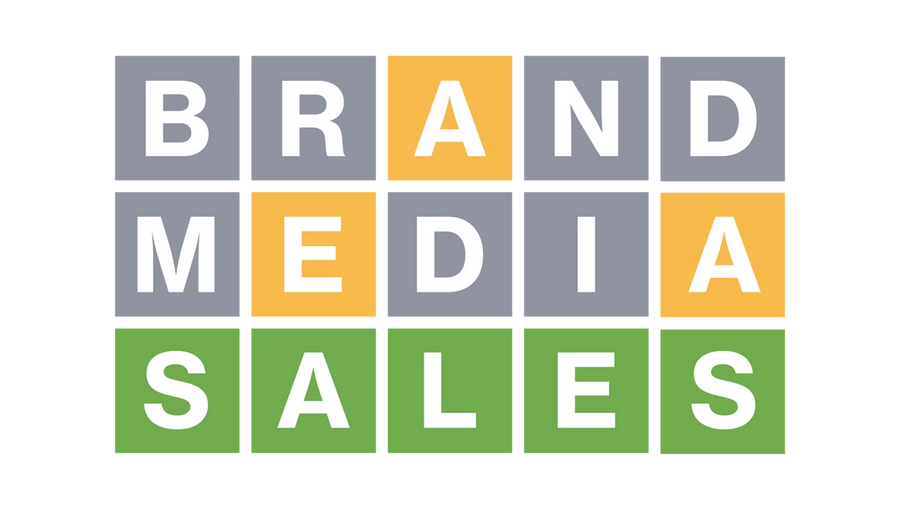Marketing
Wordle: what can we learn from the web game’s viral success?
Checked Twitter recently? Chances are your feed will have been filling up with yellow, green and grey blocks these past couple of weeks.
That’s because everybody is sharing their score on Wordle – the viral browser game that’s been played by 2.7 million people (and counting). But why has Wordle been so successful? And what marketing lessons can we learn from it?
What is Wordle?
Like all successful games, the rules of Wordle are deceptively simple.
You’re given six attempts to guess a five-letter word. Each guess is added to a 6x6 grid, which tells you if your guess shares any letters with the correct word. Letters turn green if they are in the correct position, orange if they are in the wrong position, and grey if the letter isn’t in the word at all.
That’s all there is to it. There’s only one word for everyone to try and guess each day, and once your six tries are up that’s it – no more guesses. When you wake up the next day, a new word will be waiting.
It might not sound like much, but Wordle’s success has been crazy. In the first two weeks of January, player numbers rose from 300,000 to 2 million. The game is a regular top Twitter trend as celebrities from Richard Osman to Jimmy Fallon share their results on social media. It’s even inspired the success of an unrelated five-year-old app called Wordle, which began seeing 200,000 downloads a week (the creator is now donating the proceeds to charity, bless him).
Like any viral craze, brands have quickly jumped on the bandwagon. See for example Lego’s more blocky take on a typical Wordle result. Environmental organisations like Sunrise Movement are using Wordle to help promote their message. Even the Teletubbies are getting in on the action, spreading a lovely, inclusive message.
Why is Wordle so popular?
Wordle is a not-for-profit app – its creator Josh Wardle never intended for it to become as popular as it has. But for 5-10 minutes every day, a huge amount of people are focusing on it. Why?
Most people are putting it down to Wordle’s simplicity. There are no sign-up forms, no irritating in-game ads, no registration. Just hop onto a website during your morning coffee, on your commute or on the sofa, and you are away – competing against the rest of the world to guess a new word in the fewest attempts possible.
But Wordle’s popularity is also down to the incredible power of social media and word of mouth. It’s easy to play, and even easier to share your result (with a friendly bit of joshing) across Twitter or WhatsApp.
What can brands learn from Wordle’s success?
Simplicity is the key to success: get rid of the clutter around your project. In an incredibly noisy world full of distractions, brands need to cut through the noise and get to the point quickly.
Social media is a powerful marketing medium: If you create easily shareable content that people engage with, your consumer can actually become your strongest marketing tool as they share, like and retweet content.
Reactive marketing can be a catapult for your brand: Whether you are selling to a business or directly to the consumer, there’s always a person involved. Wordle and other trends become viral because they resonate with people, and if you can creatively tap into those trends to promote your product or service, you could start seeing incredible results.
Now if you’ll excuse me, I have a word to guess...
Looking to create shareable social media, reactive marketing or long-form content that converts? Get in touch with Nutcracker today for a chat about your marketing and how you can take it to the next level.
Share this:





